This week marks the 3-year anniversary of our She Started It Impact Campaign and the release of our film into the world at the Mill Valley Film Festival in California, and I want to share a few things we’ve learned along the way, and how we managed to deliver with a very lean team. That word lean is crucial because a lot of successful campaigns I see shared by the media and in film circles, while incredibly impressive, have had a substantial amount of what I call establishment support – whether they’re coming from Sundance, or were supported by big foundations and Hollywood producers. The space I want to see grow, and why I have created the creative distribution podcast, is a space for all the films that have value and potentially high impact but have not quite made it to the inner circle or past the traditional gatekeepers. Those might not have gotten a grant from Tribeca, Sundance or IFP, might not have been covered by the New York Times, might not partner with the UN or a major global non-profit, and most of all, might not have hundreds of thousands of dollars to create a massive impact distribution campaign. Indeed, the consolidation of the market is so high that more and more projects have to compete for a small pool of resources and amplifiers, so a lot of great films that could really have an impact on niche audiences, get lost in the shuffle. That’s why we need more transparency in this industry, and not necessarily coming from the same sanctioned voices.

My co-founder Insiyah Saeed and I were film industry newbies when we embarked on this journey, we were both journalists covering Silicon Valley. Our film “She Started It” follows five young women entrepreneurs over two years on the ups and downs of their entrepreneurial journey. Along the way, it weaves in big-picture perspectives from women like White House CTO Megan Smith and Ruchi Sanghvi, the first female engineer at Facebook.
Our goal was always educational first, and we were surprised by the impact the film had on women entrepreneurs around the world, but also on employees of corporations who really resonated with these stories and the need to talk about inequalities in the technology and business world. In the last 3 years, the She Started It Campaign got to screen at over 400 events in about 40 countries with countless partners such as the American Film Showcase which selected our film to tour US embassies around the world, The World Bank, SXSWedu, Harvard, Columbia, Google, Apple, Disney, Johnson & Johnson, Bank of The West, Ellevate Network, we created a curriculum for schools, the film screened on cable television, on airlines such as Air Canada, Lufthansa and Cathay Pacific, and more.
How did we get there and what did it take?
Initial Buzz and Regional Tour
The premiere in October 2016 at the Mill Valley Film Festival led to a little bit of coverage in Indiewire and Cnet for example, but most of our coverage (in Women in the World, Fast Company, CNN, and more) had happened in the years prior, while we were raising funds on crowdfunding and releasing the trailer. Indeed our publicist had to cancel at the very last minute so we entered the festival without a publicist, which I do not recommend. However, we created our own local buzz in the circles we cared about – mostly, educational, entrepreneurship community and corporate – through a mini Tour we planned that summer, around our festival circuit taking place in the Fall. So from September to November 2016, I traveled to almost 30 locations (see the Google Map with all the Tour stops!), Insiyah was on the road with me for some of the Tour, and the rest of the time had to hold the fort in the office to respond to requests, but even then it was a lot to manage. We screened the film at regional film festivals we had gotten into (Virginia Film Festival, Savannah Film Festival, Globedocs by the Boston Globe, etc.) but also at local universities and communities surrounding the festival.
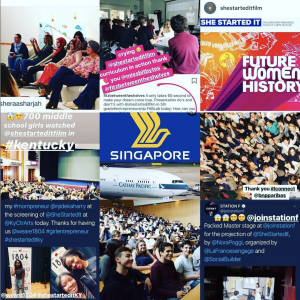
We chose top universities where we could spark conversations in communities we had identified as high impact for our film. Around the Globedocs festival in Boston, we planned events at Harvard Business School, MIT, and Wellesley. Conferences are also a big deal. We secured a spot at the Grace Hopper Conference for Women in Computing, the largest conference in the field, gathering each year thousands of women in tech. We went to Rice University on that same trip which was right next to the conference center in Houston. Sheena Allen, one of the stars of the film, traveled to many events with us which made a huge difference. We also built the itinerary around some events we had been planning for months, such as a World Bank screening in D.C. for Global Entrepreneurship Week, and while in town we did an event at Georgetown University. All those events built up local engagement but also word of mouth – again, not necessarily on a global scale, but in the communities we thought our film needed to engage with, to impact the audiences we decided to focus on.
Your audiences are your biggest champions
The team: champions, allies, and friends
In Fall of 2016, the team was comprised of ourselves, the two filmmakers, one other person we hired to help with pitching, customer support, and admin work, and one social media person. Then after about 3 months it quickly became just us. I recommend hiring at least an intern who can stay on board for the duration of the campaign because it’s a lot of work.
Thankfully, we were able to rely on our network of supporters, starting with the wonderful people who helped finance the film. Those people should be your most trusted allies. They have connections and influence that can really make a difference, to help kick things off when no one has heard of you, so be sure to put a clear ask to them and to keep them in the loop, send photos and recaps of where you are at, the same way an entrepreneur does with their investors. Our supporters and friends were instrumental in scaling the campaign – so we did have some help, and if you don’t have any well-connected people on your team, think of the low-hanging fruits in your network who can kick off your campaign in a grassroots way, starting with your very own community – that’s where crowdfunding helps. You still have to work really hard but start by realizing that your team is much bigger than you think.
After that initial tour, the snowball effect happened; people enjoyed and recommended the film, and every screening host made more introductions and spread the word. Your audiences are your biggest champions and distributors. Make sure to treat them accordingly and create a space for them to take ownership of the film.
It is possible to self-fund your campaign, but pay yourself first
The costs (hidden and real)
We had a very lean team because of monetary constraints, so we could only afford to hire someone for the first 3 months, thanks to a 25K grant by our executive producer. Most filmmakers will apply for impact funds to places like the Fledgling Fund or at Good Pitch, or via foundations like the Ford Foundation. Some films have a built-in impact campaign budget from the get-go, raised from investors, philanthropic funds and the likes. But to scale the campaign over time, one has to constantly fundraise.
So during all of 2017, Insiyah and I had to do the work ourselves, and at some point in 2018 I picked up the mantle. Which means that even if our initial overhead costs were low – about 10K to pay for the initial hires, about 5K in marketing materials and travel fees that were not covered by screening hosts, and about 5K in DVD making in various languages – the hidden costs were really our work, time and energy. The money we made back – about 100K in 2017 – would have been great profit if we were not working pretty much full time on the campaign. But in that way it is possible to self-fund your campaign if you don’t get a grant. All the money we made through screening fees was reinvested into it, including my speaking fees in the very beginning. The big lesson we learned though, is to set enough money aside to pay the filmmakers first, and count yourself as a legitimate expense, to make it sustainable.
(Screening fees = licenses of the film you sell for community, educational, and corporate screenings. That price point can range from $100 to $1000 or more based on the entity, the type of screening, etc. This differs from the speaking fees you negotiate for yourself or the protagonists who speak at the screening).
So be sure to plan for that and be really clear on how much time and bandwidth you can dedicate to your distribution. The upside was, of course, having full control over the distribution and connecting directly with our audiences, which felt like the right move for our film.
How to sustain impact over time: Letting the partners take over
In independent distribution, you rely on word of mouth in specific circles and communities relevant to your film. Each screening is basically an advertisement for your film, through social media mentions, local press, and of course, people who show up, tell their friends and connect you with other screening hosts. That’s the power of grassroots distribution. Which is why it’s important to attend as many events as you can in person. More importantly, in person you can gather authentic feedback about your film, and get to the heart of the conversations and debates you are hoping to spark, in a way you cannot do online. Attending in person is also a way to make revenue, as you should ask for speaking fees.
What made the campaign sustainable over time though, is that institutions screened the film massively without us having to get involved, and took it upon themselves to use the film to energize their own classrooms, conferences, employee groups, community events, and more. In order to scale, you need to have a strong set-up with a discussion, screening kit and promotional materials, so people can run their events without you. Most of all you need to set up a good customer support. We worked with Tugg to fulfill all the screening rentals, but still did most of the extra layer of customer service ourselves.
* Update: Tugg, while it was a great platform to scale screenings and sell a film back then, went bankrupt and stole a LOT of money from indie filmmakers back in 2020. Now you can use Kinema or Gather, or do it all yourself.
That being said, it’s letting go that allows your grassroots campaign to truly flourish. It’s powerful when your partners go beyond what you had imagined was possible and when organizations create connections and partnerships in their own communities via film screenings. For example, teachers we had done a screening with in Charlottesville, took it upon themselves to organize a full-day She Started It Summit for high school girls. Entrepreneur Brit Fitzpatrick organized a series of screenings in Kentucky and a social media campaign #SheStartedKy to spotlight women entrepreneurs in her region. Bank of The West launched a platform for women entrepreneurs after working with us on internal screenings. Entrepreneur Stephan Baasch gathered communities in Germany and Switzerland. Now fast forward to 2019 – while we have moved on from working on this campaign full time, the film is still screening independently from New York to France and Brazil. Isn’t the hope for our children, to eventually stand on their own?
Recap: Key ingredients for success
- Start early: cannot emphasize this enough. Whether it’s your social media accounts or your partner/stakeholder relationships, start building those as early as possible, while still in the development phase. It takes a really long time to activate partnerships and to build a community.
- Clear and simple goals: that’s the hardest because we tend to have lofty goals and try to do too many things at once. The truth is the best campaigns are really focused on a single call to action. If you get to move the needle on a community level, on an educational level, and on the advocacy level, that’s pretty incredible. If you have limited resources, focus on one goal and plan all your outreach around that. Everyone wants to go to Capitol Hill and pass that one law that will change everything, but focus on low-hanging fruits first. Who is responding really well to your film and being impacted by it first?
- Organization: it’s basically a lot of admin work. Have a CRM system built up, pre-written emails, promo, and discussion materials, a good “request a screening’ form on your website, an automated follow-up system, spreadsheets with all your research for partners, etc.
- Teamwork: highly recommend at least having an intern for social media and admin work to respond to screening requests and do volume outreach and targeted research. Make a list of all potential allies, champions, and anyone who was ever remotely involved in the film, to amplify your network and ask for something specific.
- Metrics & data: everyone has a different definition of success, figure out what yours (and your funders’ !!) is and stick to it. Come up with metrics to evaluate the results and track the impact of the film. As much as possible, gather audience feedback, testimonials (in video as well), and emails at screenings. This one is tough because you’ll get exhausted quickly, that’s when an intern can help to enter all that data into a spreadsheet or scan business cards.
- Enjoy yourself! It’s a lot of hard work, but it’s also an immense privilege and joy to have your film seen widely and be able to impact people’s lives. Try to remember that!
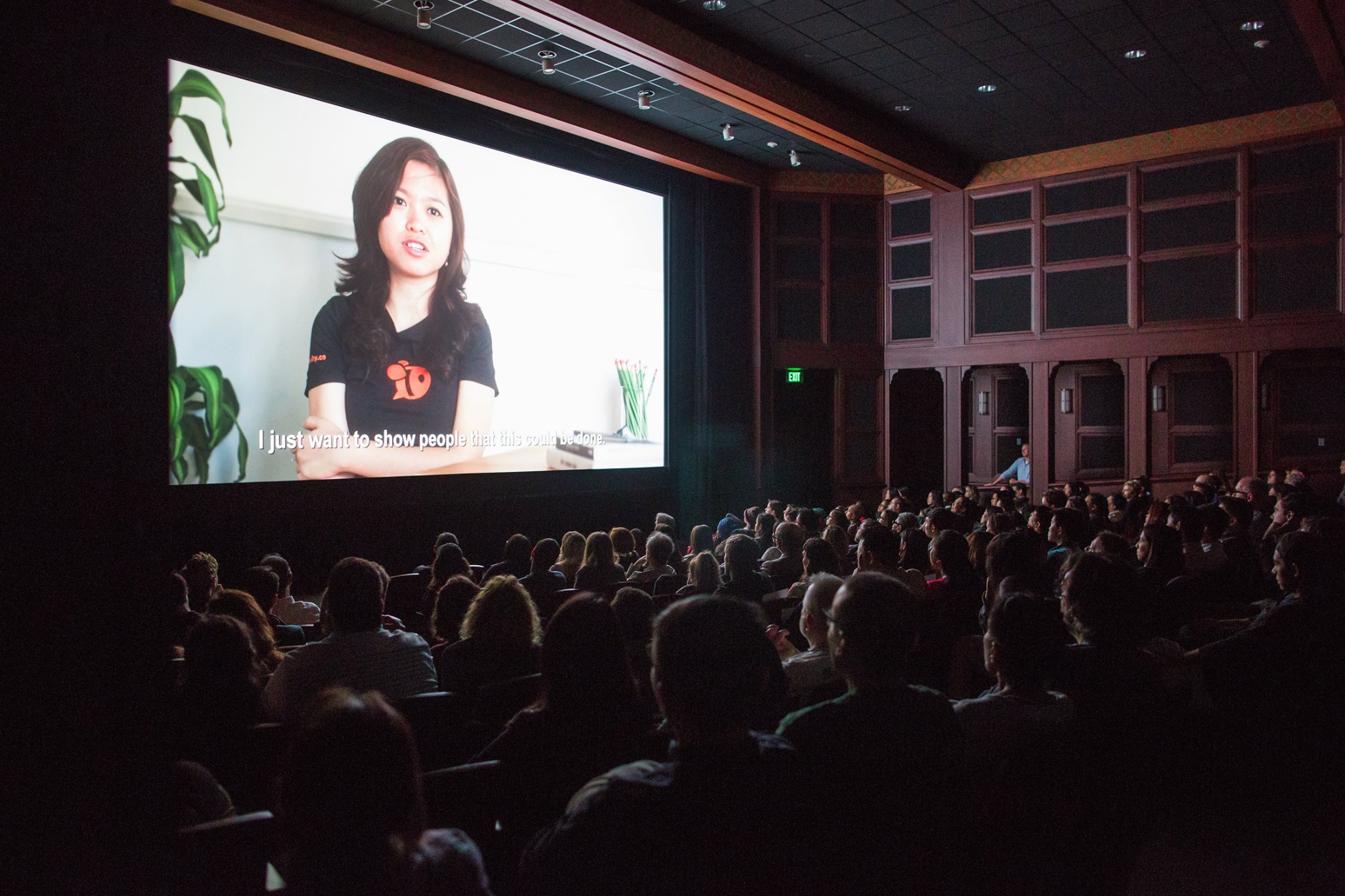
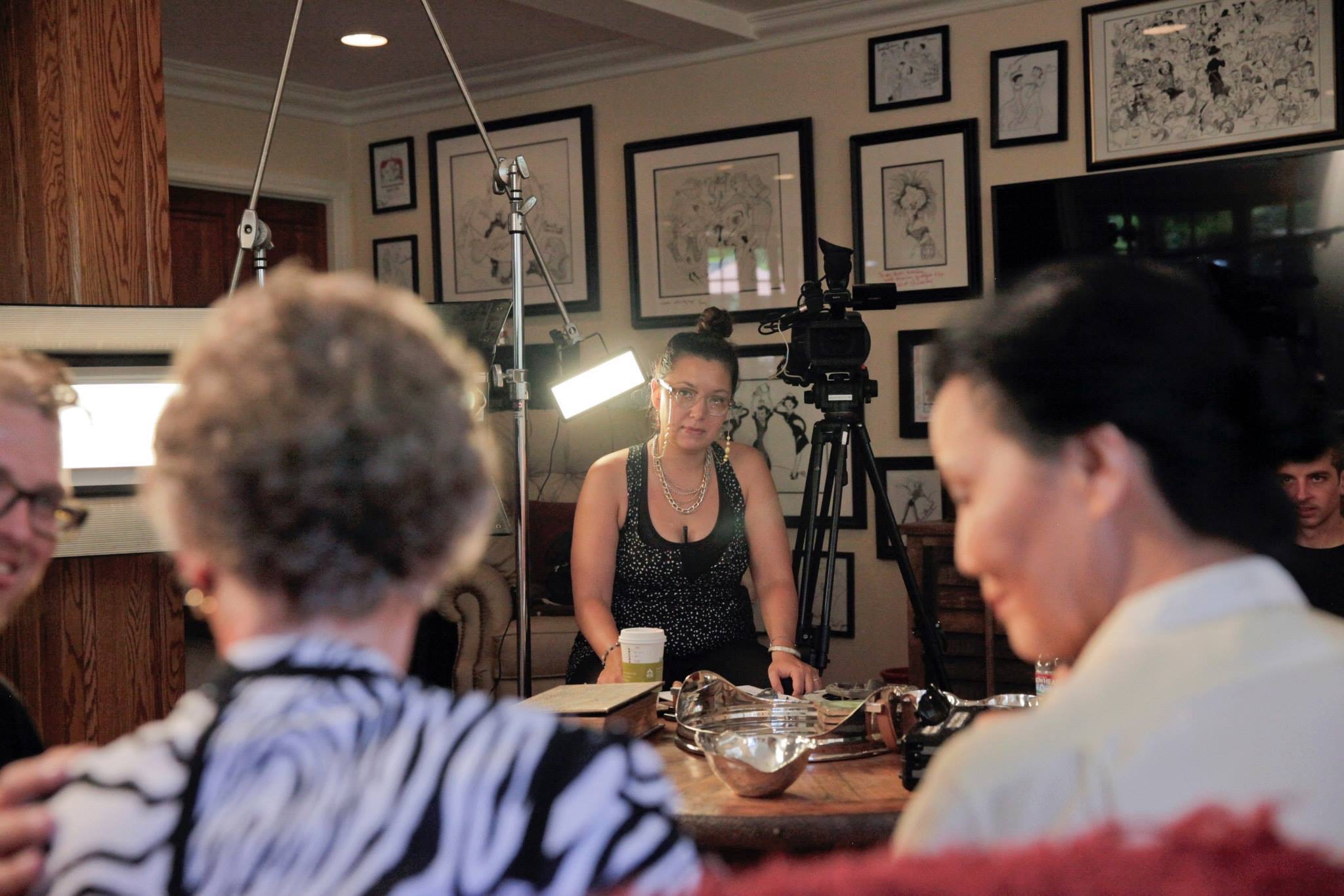
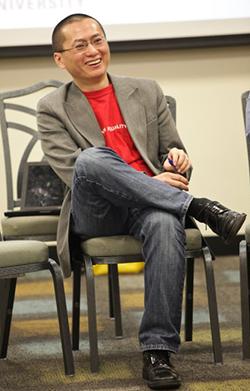
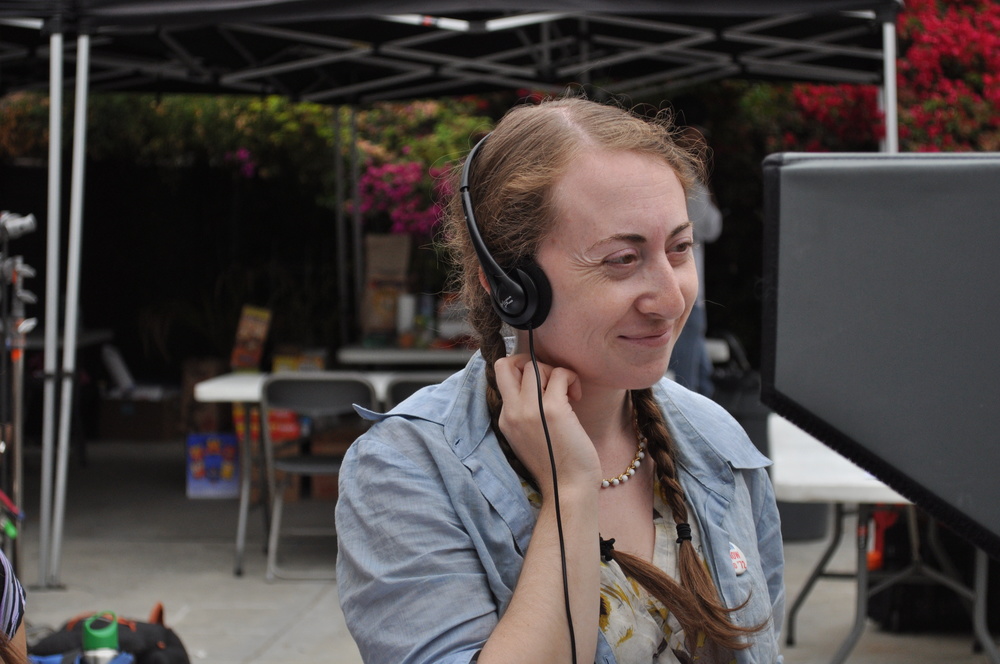
1 thought on “How two first-time filmmakers organized a lean grassroots campaign of 400+ screenings”